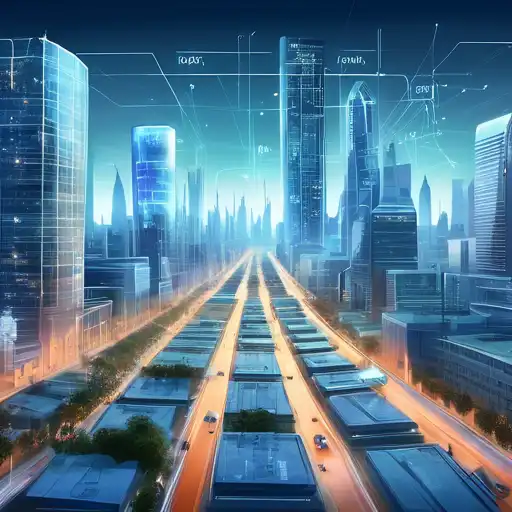Introduction to IoT and Smart Cities
The Internet of Things (IoT) is revolutionizing the way cities operate, making them smarter, more efficient, and more responsive to the needs of their inhabitants. By connecting devices, sensors, and infrastructure to the internet, cities can collect and analyze data to improve services, reduce costs, and enhance the quality of life for residents.
Key Areas Where IoT is Making an Impact
From traffic management to waste disposal, IoT is transforming urban areas in several key ways:
- Traffic and Transportation: IoT enables real-time traffic monitoring, reducing congestion and improving public transportation systems.
- Energy Efficiency: Smart grids and IoT devices help cities reduce energy consumption and lower carbon emissions.
- Public Safety: IoT technologies enhance security through smart surveillance and emergency response systems.
- Waste Management: Smart bins and IoT sensors optimize waste collection routes and schedules.
Benefits of IoT in Urban Development
The integration of IoT into city infrastructure offers numerous benefits, including:
- Improved efficiency and reduced operational costs
- Enhanced public services and citizen engagement
- Greater sustainability and environmental protection
- Increased safety and security for residents
Challenges and Considerations
Despite its potential, the adoption of IoT in smart cities faces several challenges, such as data privacy concerns, the need for significant investment, and the importance of ensuring interoperability between devices and systems.
Future Prospects
As technology continues to evolve, the potential for IoT to further transform urban landscapes is immense. Future developments may include more advanced AI integration, widespread 5G connectivity, and the creation of fully autonomous smart cities.
For more insights into how technology is shaping our world, explore our articles on technology trends and sustainable urban development.
Conclusion
IoT is at the heart of the smart city revolution, offering innovative solutions to urban challenges. By harnessing the power of connected devices, cities can become more livable, sustainable, and efficient for future generations.
